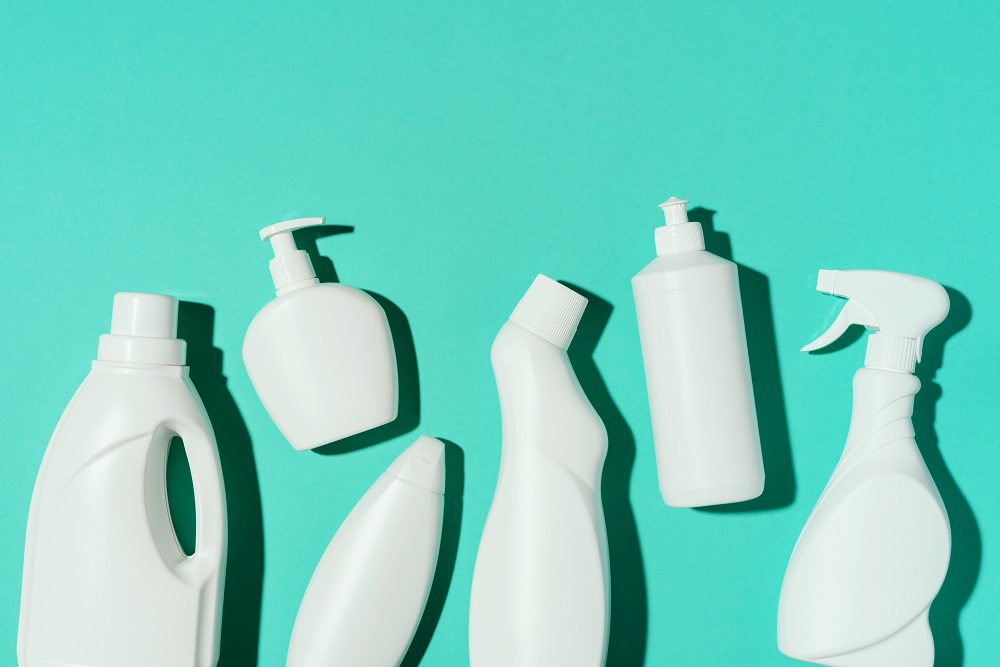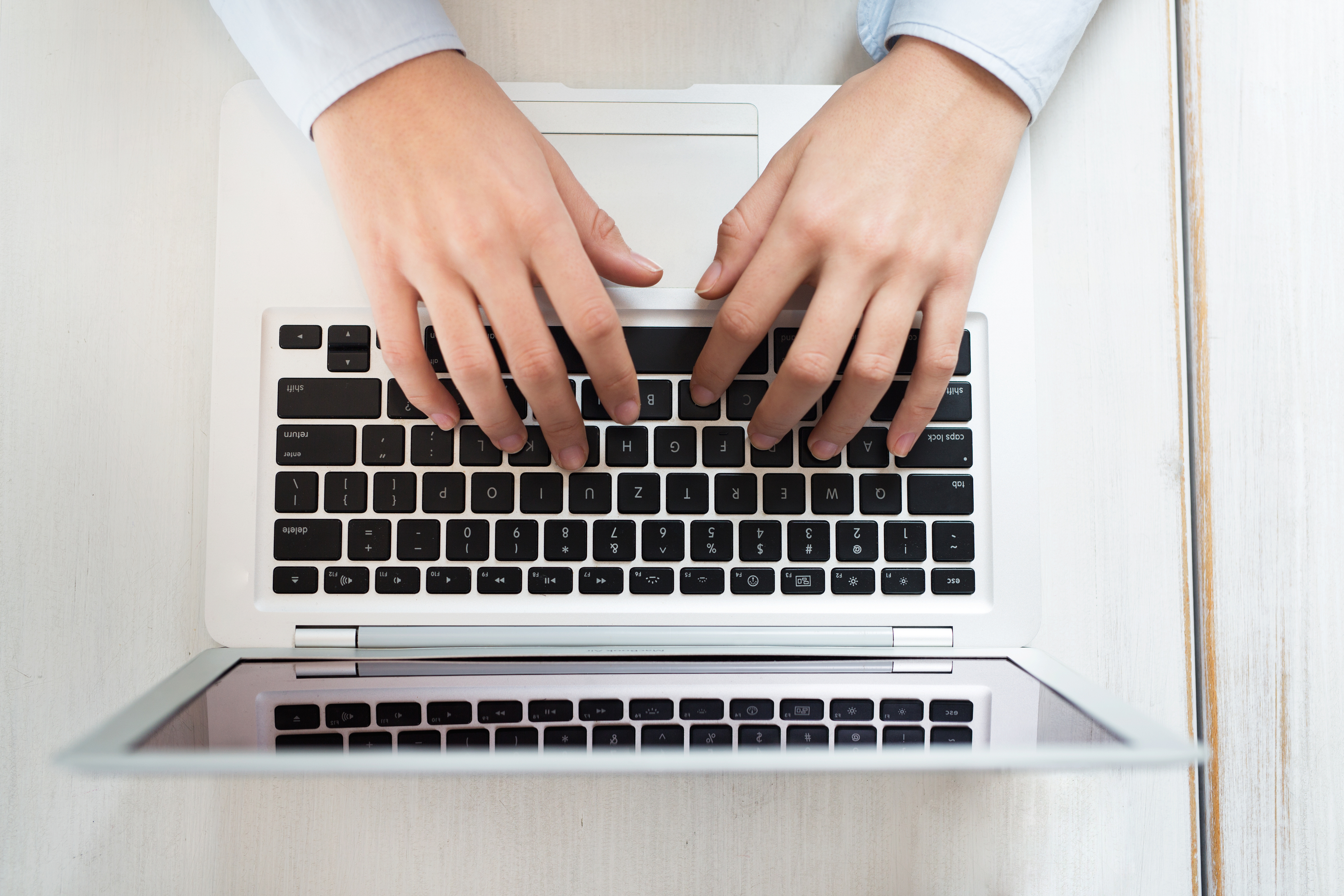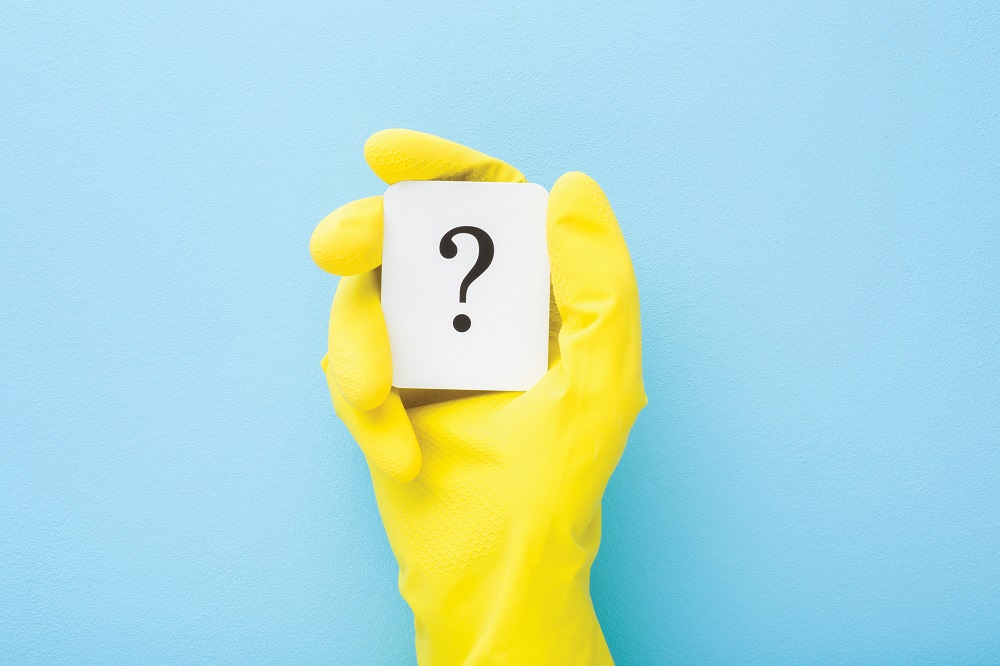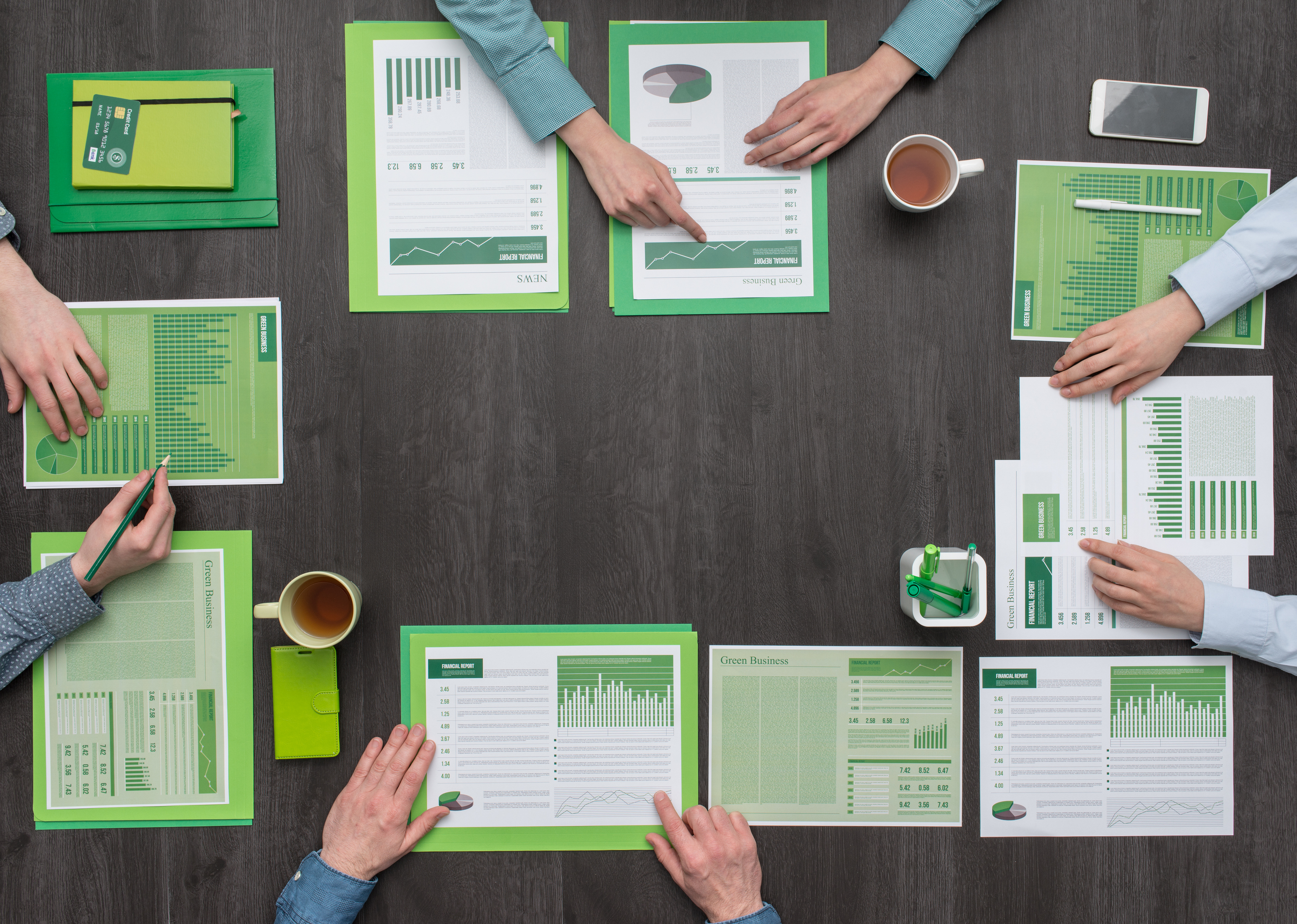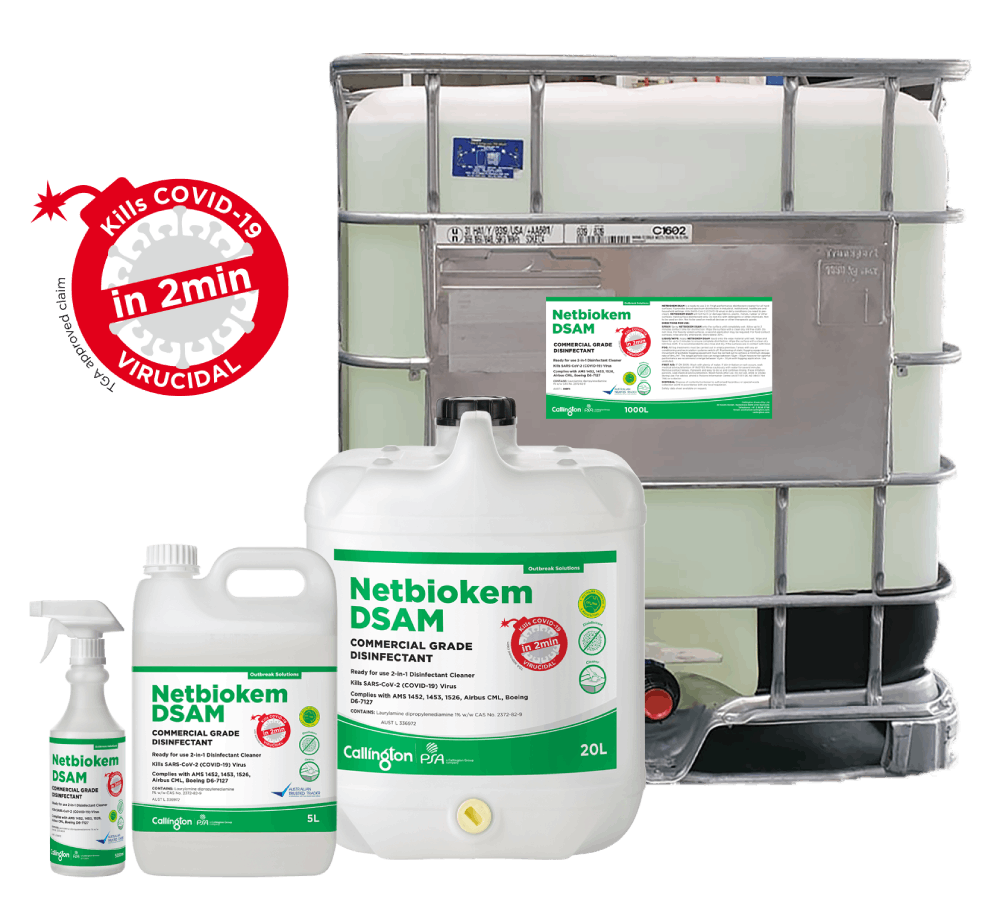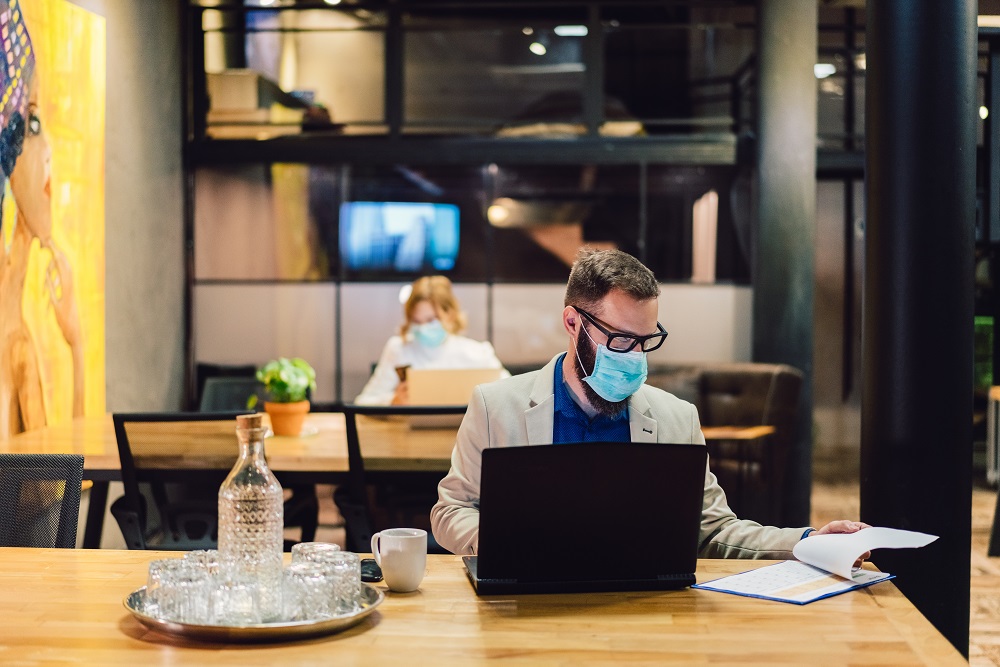
The COVID-19 pandemic has disrupted businesses around the global and forced organisations to rethink their current operating models.
As this new reality unfolds and companies navigate the normal, what impact will this accelerated change have on corporate social responsibility?
Sustainable products
According to Steve Agar, co-managing director of Agar Cleaning Solutions, the clear shift in recent months has been to greater purchases of disinfectant and sanitisers, with the preference for hospital-grade disinfectants and especially for products which carry a claim to be effective on COVID-19.
There is also demand for disinfectants suitable for fogging, which some are seeing as a more thorough and productive way of treating interior surfaces. Sales of hand sanitiser have stabilised now that the shortage of supply has been met by a multitude of new manufacturers.
To counter that, sales of general janitorial and hospitality products have declined where economic activity has been suppressed by lockdowns and other government restrictions.
Agar believes COVID-19 will have a negative impact only to the extent that in certain circumstances, the need for a particular disinfectant will take priority over and supplant the use of a product with leading green credentials.
“Before the COVID-19 outbreak, citing safety and sustainability, some suppliers to the industry have advocated chemical-free cleaning and demonised chemicals in the process. Then, once the threat from COVID-19 had been realised, what did everyone turn to for the eradication of the virus from surfaces? Disinfection chemicals.”
More generally though, he says the pandemic has demonstrated the need for regular and thorough cleaning to maintain hygienic facilities for building occupants.
“Facility managers and cleaning managers are increasingly aware of the environmental impact of their cleaning operations, and more regular cleaning activity will increase the potential impact on the environment.
“Choosing more sustainable products and processes will help to mitigate against that greater impact. So, in that way, the pandemic is likely to contribute to expanded use of ‘green’ cleaning process and products, and further reduction of their environmental impact.
“The COVID-19 outbreak has turned the spotlight towards the quality of cleaning, right down to the removal of soil. As a result, there will be more scrutiny of the claims made by manufacturers of ‘green’ products, both in terms of whether they deliver the required performance and reduce their environmental impact as promised.”
Healthy buildings
Jonathan Dalton, managing director of Viridis, says the sustainability and environmental consultancy firm has witnessed significant uptake of various indoor environment ratings and third-party validation over the last two years, noting this uptake has increased over the last three months as organisations aim to demonstrate their site is ‘COVID-safe’.
“Awareness of indoor environmental quality has been slowly growing in Australia, but there has been a significant attitude shift in recent years,” he explains. “Once seen as a ‘nice to have’ in the top tier market, indoor environmental quality is now an essential component across all building types.”
According to Dalton, the industry is entering the next stage of this evolution – a greater focus on indoor air quality and the ability to demonstrate not just a building’s environmental rating, but instead how ‘healthy’ a building is for its occupants.
“Since COVID we have seen the definition of people’s understanding of sustainability expand from saving energy and water – to making sure these spaces are safe and healthy.”
A significant post-COVID change will be how buildings are used. As he explains: “As working from home, or working less traditional hours, becomes more commonly accepted, facilities may introduce a staggered workforce model to reduce the amount of people on site.
“This could lead to buildings potentially operating longer which will subsequently impact maintenance and servicing costs. For example, in the past cleaners have come in once everyone has left the building, but we will now see cleaners move around the building during regular working hours. “
According to Dalton there will also be greater focus on disaster and contingency planning. “There has always been a bit of an attitude, whether it’s related to someone’s own health or that of a building that ‘this won’t happen to me’ but prior to COVID the country also went through extreme conditions of bushfires and floods. The responsibility will be on building and facility managers and their emergency preparedness and health and safety protocols.
‘One thing that we have observed over the last 20 years is that sustainability is a lead indicator and we can see the same happening in the cleaning industry. Ten years ago, low environmental impact cleaning products were a ‘nice to have’ and now they have become mainstream. If the industry wants to get ideas as to where the sector is heading, start with what some of the current sustainability tools and accreditations are calling for and prepare for it.”
Human and labour rights
One of the major impacts COVID is having on CSR is highlighting the need for human and labour rights to be maintained and addressed, according Michelle Thomas, acting CEO of GECA.
According to Australian law firm, Corrs Chambers Westgarth, “There are increasing reports reminding us that many of the victims of COVID-19 are those we can’t see – the ones who make products for Australians, and whose faceless labour is discarded as COVID-19 affects supply chains and disrupts manufacturing around the world.”
“This is particularly relevant as Australia enters its first year of reporting under the Modern Slavery legislation,” explains Thomas. “The cleaning industry has been identified as a hotspot for modern slavery in Australia. Ensuring supply chain transparency will play a significant role in the future of the industry.”
The Commonwealth Modern Slavery Act 2018 has established a national Modern Slavery Reporting Requirement for certain large businesses and other entities in the Australian market. GECA is encouraging organisations that do not currently meet the threshold to opt-in and voluntarily report.
The Australian Border Force (ABF) is also encouraging reporting entities to consider how the impacts of COVID-19 may increase the vulnerability of workers in their global operations and supply chains to modern slavery, including in Australia.
According to Thomas there are a variety of reasons why some workers may be more vulnerable to modern slavery. These include loss of income or fear of loss of income, low awareness of workplace rights, requirements to work excessive overtime to cover capacity gaps, increased demand due to supply chain shortages or the inability to safely return to home countries.
The ABF encourages entities to take steps to protect vulnerable workers in their global operations and supply chains from the impacts of COVID-19. Entities should also integrate consideration of modern slavery risks into their broader response to the pandemic.
“This should include providing information about modern slavery risks to the board or executives as part of COVID-19 updates and using internal sustainability, human rights or modern slavery working groups to identify opportunities for action.”
Smarter supply chains
A recent study conducted by Tradeshift, a global platform for supply chain management, published in May 2020 by the World Economic Forum, highlighted the need for smarter, stronger, and more diverse global supply chains post-COVID-19. According to the World Trade Organisation, world trade is expected to fall by between 13 per cent and 32 per cent in 2020 as the COVID-19 pandemic disrupts normal economic activity and life around the world.
Thomas agrees manufacturers need more flexibility and variety in their suppliers, which means less dependence on suppliers located in one specific country or region. “The COVID crisis has revealed that many global supply chains were not as robust and future proofed as organisations believed they were.”
According to Edge Environment, most of their clients have found over 80 per cent of their impact is in their supply chain. According to the UN Environment Program, “This pandemic has shown where many of the weaknesses in our systems lie. It has proved that responsibilities to act extend from governments to private sector to civil society and individuals if we are to successfully meet environmental goals.”
“Creating a more sustainable and prosperous future requires us to invest in truly symbiotic connections throughout our supply chains. By working together, we can create significant positive change,” says Thomas.
According to Deloitte, the most important lesson that companies can learn from this crisis, “is the need for more transparency throughout the global supply chain. To achieve true resilience, enterprises will need to gain visibility into their entire supply chains, beyond the tier 1 suppliers. Most supply chains extend to tiers 2, 3, 4 and often beyond – it is critical for enterprises to understand who these suppliers are, where they are located, where they source from, their risk exposure, and so on.”
“There has been much discussion that COVID-19 has been a wakeup call for government, industry and consumers alike, that there’s much work to do when it comes to weathering other significant challenges such as climate change.”
The COVID pandemic also seems to have sparked a renewed interest in supporting local manufacturers and producers. According to a recent report by KPMG, 65 percent of Australians indicated they are now more likely to buy local products.
Industry outlook
Thomas believes one challenge we could end up facing is overconsumption and the tendencies to use non-eco-friendly hygiene products to prevent the spread of virus.
“Training and instruction for cleaning staff could be considered to prevent this and utilising reputably certified products or services to ensure an emphasis remains on all sustainability measures.
Another issue is managing the increase in waste, particularly for items such as masks and gloves. “It is imperative that we consider the impact and find solutions now before it is too large a problem to manage.”
Agar says post-COVID-19 the duty of care of both employers and facility managers will extend to the hygiene of the facilities provided to employees, visitors and the public, and the measures taken to prevent illness and infection.
“The cleaning industry, supported by its suppliers of products and technology, can deliver whatever is asked of them provided clients will pay the appropriate price. Of course, cleaning providers will need to be accountable and to demonstrate the quality of their service.
“On top of increased cleaning as a reaction into the pandemic, the increasing population will cause cleaning as an activity to continue to grow. So, the cleaning industry itself will need to further efforts to reduce the environmental impact of their operations with respect to reducing waste, pollution, water consumption, energy consumption and carbon emissions.
Agar advises to get the facts and demand proof of claims, especially those made about products and technology.
“Credibility comes from demonstrating expertise and delivering measurable results to clients. Can facility managers rely on you to deliver the outcomes they require and that have been promised?
“The pandemic has presented the cleaning community with an opportunity to demonstrate their value and the vital role they play in modern civilization.
“Civilization has been built and improved through ongoing learning and applying standards. We can’t afford to go backwards by dropping our standards.
“Strong and persistent messaging from the cleaning community and education about the importance of regular and thorough cleaning to hygiene and human health will be needed as a reminder not to cut corners.”
Thomas encourages businesses to be prepared to adapt to changes in what is currently an ever-changing scenario.
“Be open to learn new skills and to follow new procedures as a manufacturer, employer or individual. Employers need to design workplaces that are empathetic to the current environment and ensure they have a plan to support their employees now and into the future, which is in line with government advice.
“For your organisation to maintain its social licence to operate and even be compliant with the law, there are many more factors that you need to consider. An essential aspect of having a resilient supply chain will be the quality of your relationships with your suppliers. This means infusing your relationships with authentic dialogue, mutual respect and a spirit of inclusion.”
“Have you communicated your organisation’s sustainability priorities? For instance, your cleaning service might revolve around your commitment to creating healthy spaces for people and planet. Do your suppliers share your vision? Do the people within your supply chain work in healthy and safe conditions?
“This is a journey that starts by looking at your organisational structure and opening a dialogue with the people along your supply chain. Next steps include identifying your risk areas, creating policies and processes to address these risks and monitoring their success.”
This article first appeared in INCLEAN magazine
Comment below to have your say on this story.
If you have a news story or tip-off, get in touch at info@3.106.117.80.
Sign up to INCLEAN’s newsletter.
